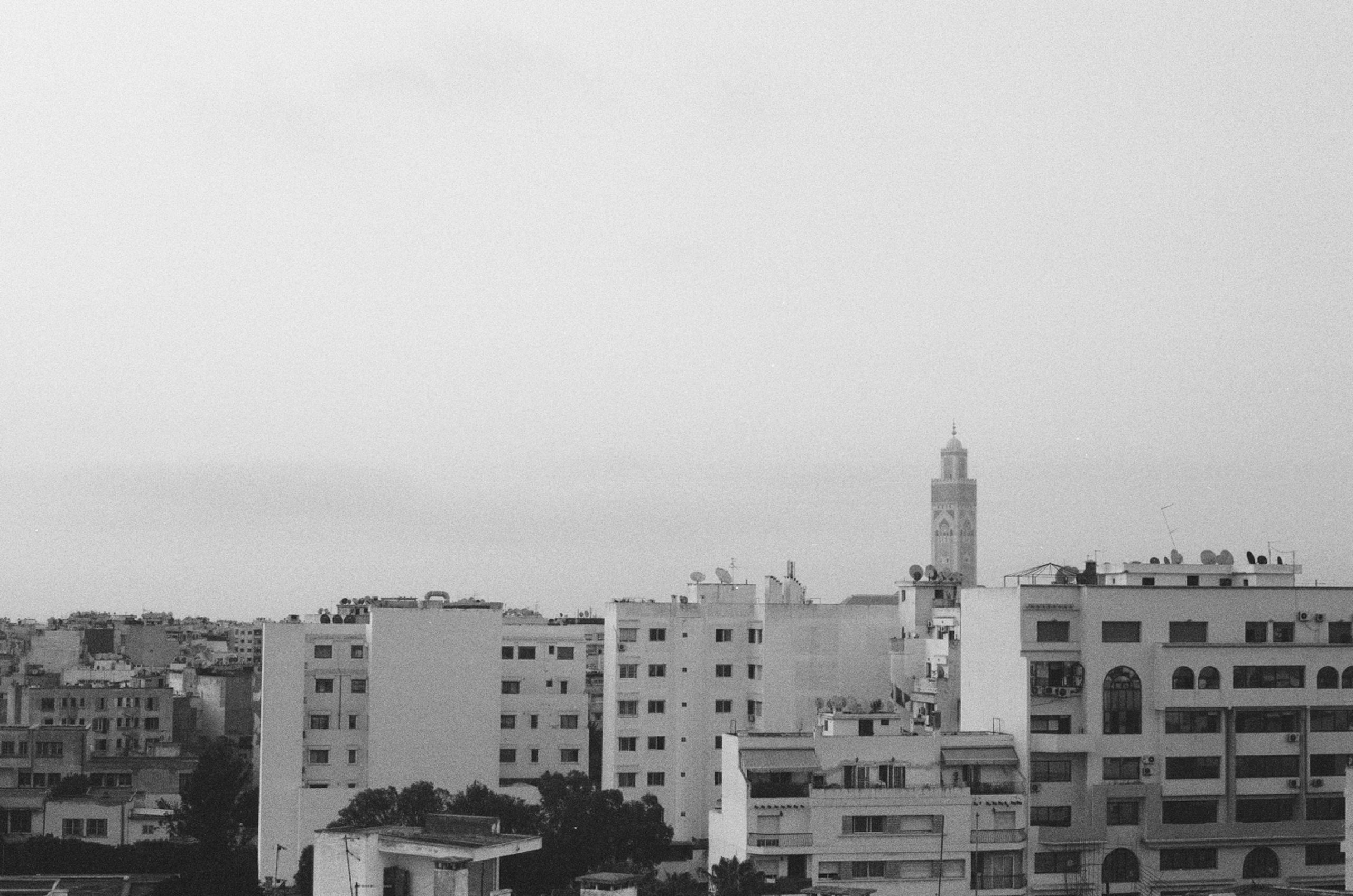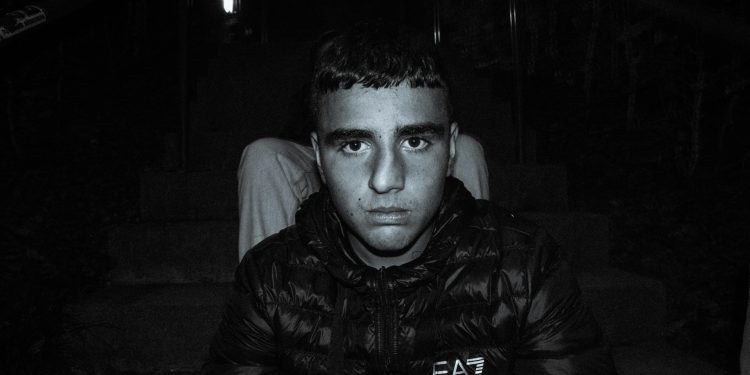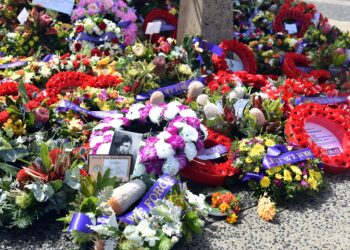The hostage videos from Gaza are more than just shocking images, they are a mirror reflecting the horrors of this war and the twisted ways violence is used as a tool. On one hand, Hamas uses these videos to exert pressure, manipulate narratives, and show power. On the other, Israel responds with overwhelming military force, claiming precision strikes while civilians pay the highest price. Both sides see themselves as justified, yet ordinary people are trapped in a cycle of fear and death.
Hamas and the Propaganda War
From Hamas’s perspective, hostage videos are a bargaining chip. They aim to force Israel into concessions, spotlighting the human cost of the war to the world. Seen through a tinted glass, this strategy is about survival, desperate people resorting to desperate measures. Yet, this cannot erase the moral questions. Kidnapping civilians, dictating what they say, and using them as pawns is evil in its rawest form. Human Rights Watch calls this inhumane treatment, and rightly so. Propaganda, in this case, is inseparable from cruelty.

Hamas may argue that Israel’s blockade, occupation, and military actions justify their methods. But even tinted glasses cannot hide the fact that hostage-taking crosses a line, turning innocent people into tools of conflict. This strategy also risks international condemnation and hardens Israel’s military response.
Israel’s Response: Security or Escalation?
Israel sees itself defending its citizens and dismantling Hamas’s grip on Gaza. The military strikes, including attacks on buildings allegedly used by militants, are justified as necessary to free hostages and secure the region. Israeli leaders argue that a strong response is the only way to protect the living and deter future kidnappings.
But the consequences are devastating. Civilians die, homes are destroyed, and Gaza’s infrastructure collapses. Even if Hamas hides behind hostages, the war cannot distinguish between militants and ordinary families. From a human angle, these military operations amplify suffering, and the more destruction, the higher the risk that innocent hostages are killed in crossfire.
Diplomacy Under Pressure
Diplomatic efforts are ongoing but fragile. Previous negotiations mediated by the United States and Arab states have had some success, yet collapsed talks show how little trust exists. Netanyahu’s “all or nothing” approach demands complete surrender and hostage release, while Hamas offers partial releases for temporary ceasefires. Both are playing a high-stakes game where civilians remain the pawns.
Looking through the human lens, both sides are trapped in cycles of propaganda and retaliation. Each act, whether a hostage video or an airstrike, is amplified to justify the next move. The real tragedy is the ordinary people caught in the middle: Palestinians in Gaza fearing death in strikes, and Israelis praying for the safe return of hostages.

The Ugly Reality
This conflict shows the moral grey zone in modern wars. Kidnapping, propaganda, and military retaliation coexist in ways that make clear lines between right and wrong almost impossible. Both sides claim righteousness, yet both perpetrate horrors. The war in Gaza is not just about territory or politics, it is about fear, control, and the exploitation of human lives. Ordinary people, hostages, civilians, families, carry the heaviest burden.
















